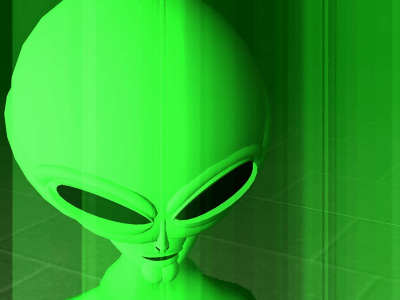The experiment finds out the ``phenomenon that the effective medicine for anaphylactic shock becomes toxic in space'' that gifted elementary school students did not even notice NASA

An experiment designed by
Useless in space? uOttawa helps elementary students make startling discovery about EpiPens | About us
https://www.uottawa.ca/about-us/media/news/useless-space-uottawa-helps-elementary-students-make-startling-discovery-about-epipens
EpiPens don't work in space? NASA didn't know — but Canadian students did | Globalnews.ca
https://globalnews.ca/news/9503732/epipens-dont-work-in-space-canadian-students/
Elementary schoolers prove EpiPens become toxic in space — something NASA never knew | Live Science
https://www.livescience.com/elementary-schoolers-prove-epipens-become-fatally-toxic-in-space-something-nasa-never-knew
Anaphylactic shock is a severe allergic reaction caused by eating an allergenic food or being bitten by an insect. Contact with the antigen releases histamine and other mediators from the mast cells, and in a short period of time, bronchial constriction causes dyspnea, fluid leakage from the bloodstream into tissues, and in some cases death.
The injection drug used as a specific drug for such anaphylactic shock is an epipen, and the adrenaline (epinephrine) contained in the drug improves the symptoms in a short time by blocking the release of the causative substance from mast cells.
Regarding such an epipen, children aged 9 to 12 who participate in the 'Program for Gifted Learners' at St. Brother Andre Elementary School in Canada ask the question, 'Does the epipen work in space?' I had Therefore, he applied for Cubes in Space, NASA's international project to design experiments to investigate changes in molecular structure by flying an epipen into outer space, and to put scientific experiment ideas designed by children aged 11 to 18 into reality. About.
Cubes in Space adopted an experimental idea submitted by children of St. Brother Andre Elementary School, and a cube containing an epipen solution or an adrenaline solution was actually launched into outer space. In the video below, interviews with children at St. Brother André Elementary School and the results of the experiment are explained.
'NASA didn't know': Ottawa elementary school students make breakthrough discovery with an EpiPen - YouTube
Elementary school students listening to their teacher with serious expressions. Both are gifted and have undergone a special educational program, and designed this science experiment with the EpiPen.

Epipens are also available in elementary schools nationwide as a cure for anaphylactic shock, but children wondered if the epipens would work in space. A solution of adrenaline and an EpiPen was placed in these tiny cubes, which were carried on rockets and high-altitude balloons into space and back to Earth.

'As part of Cubes in Space, two cubes were assembled by students, one in a rocket and one at high altitude,' said Paul Mayer, a professor of chemistry at the University of Ottawa who helped analyze the sample.

'The first part of science is asking the right questions,' said Mayer. 'The kids asked great questions.'

This is the gas chromatograph mass spectrometer used for analysis. As a result of analysis, it was found that the purity of adrenaline sent to space was reduced to 87%, and the remaining 13% was changed to toxic benzoic acid derivatives . Benzoic acid is contained in cranberries and cinnamon, and is also used as a food preservative, but it is said to be harmful to the human body when taken in high doses.

Changes in adrenaline are thought to be due to interaction with cosmic rays, and Mayer commented, 'This result casts doubt on the effectiveness of the epipen in space.'

Antonio Lucifero, an elementary school student who responded to the interview, said, 'It's very cool that elementary school students have discovered something that scientists haven't discovered even after years of research.'

Based on this result, the children are working on the design of a capsule that protects the EpiPen solution in outer space, and in June 2023, they plan to visit

'We were all surprised and excited,' said Deborah Quail-Blier, a teacher at the gifted learners program. We are already looking at colonizing it,' he said.

“Children are natural scientists. They are curious and ask questions,” Mayer said. We just have to let them explore and learn.”
Related Posts:







